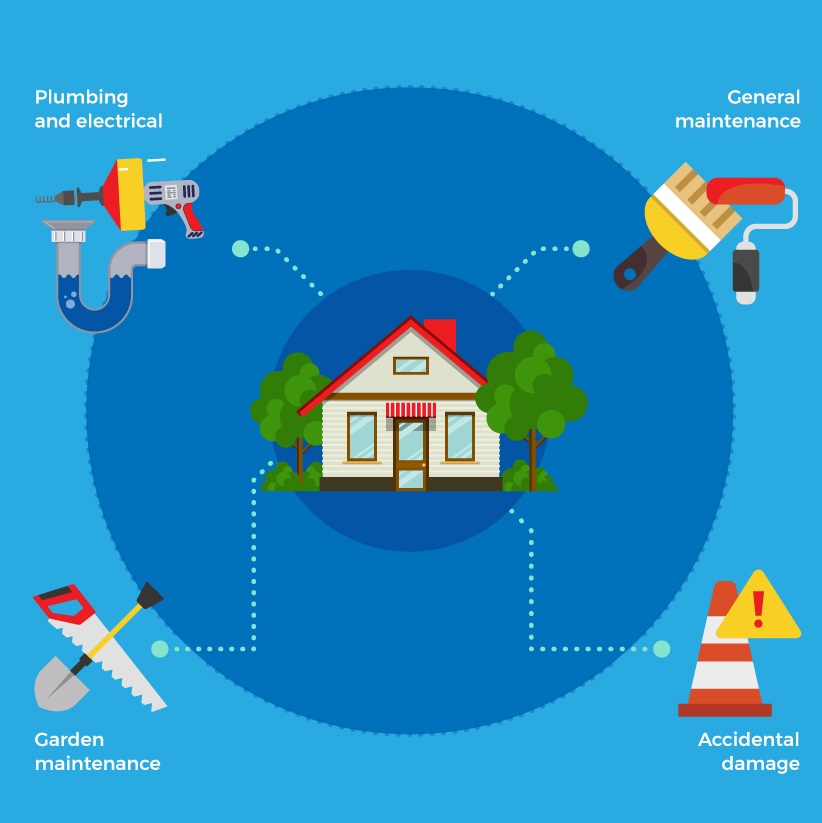BLOG
Subscribe to our newsletter
Setting up your maintenance fund
While your tenants will ensure your investment is bringing you a return, there will inevitably be maintenance and repairs required at various times. Some of these will be unexpected, others you can plan for, but either way it’s important to have finances set aside to cover these costs.
After all, think of your own home. Despite taking good care of your own house, there is always something that needs fixing and a trip to Bunnings on the cards.
The 10% rule
As a rule of thumb, we recommend all our landlords set aside 10 per cent of your rental income each year for repairs and maintenance. This will provide you with a slush fund to cover major or minor repairs, or any period of time your property may be vacant.
Having a maintenance fund is becoming increasingly important with legislation such as the Healthy Homes Act. This Act requires all landlords to ensure their rental properties meet a minimum liveable standard. This covers five key areas: heating, insulation, ventilation, drought-stopping and moisture/drainage.
Common maintenance and repairs
At Lodge City Rentals, we undertake regular property inspections to ensure your investment is well looked after. Combined with our robust tenant selection process, we aim to keep your repairs and maintenance to a minimum.
Some of the most common repairs and maintenance items that are required include:

What happens if a tenant damages your property
While general wear and tear of a property is to be expected, and must be resolved by you as the landlord, hence our recommendation for the establishment of a maintenance fund, if extensive damage is caused by the tenant they will be expected to incur the cost for this.
At the beginning of every tenancy we take a bond of four weeks rent, the maximum permitted, from the tenant. This money is put aside in a secure account held by Tenancy Services (not by you as the landlord or by us as your property manager). If a tenant damages your property you are entitled to use this bond money for repairs.
If the extent of the damage goes above and beyond the amount set aside as bond and the tenant is unwilling to pay, we can submit an application to the Tenancy Tribunal to recoup the costs.
Insurance policy
As part of setting up your maintenance and repairs fund, we would also recommend you review your existing insurance policy to ensure it reflects your responsibilities as a landlord and covers you for all eventualities.
For more information on establishing your rental portfolio, read our blog on Getting Started


